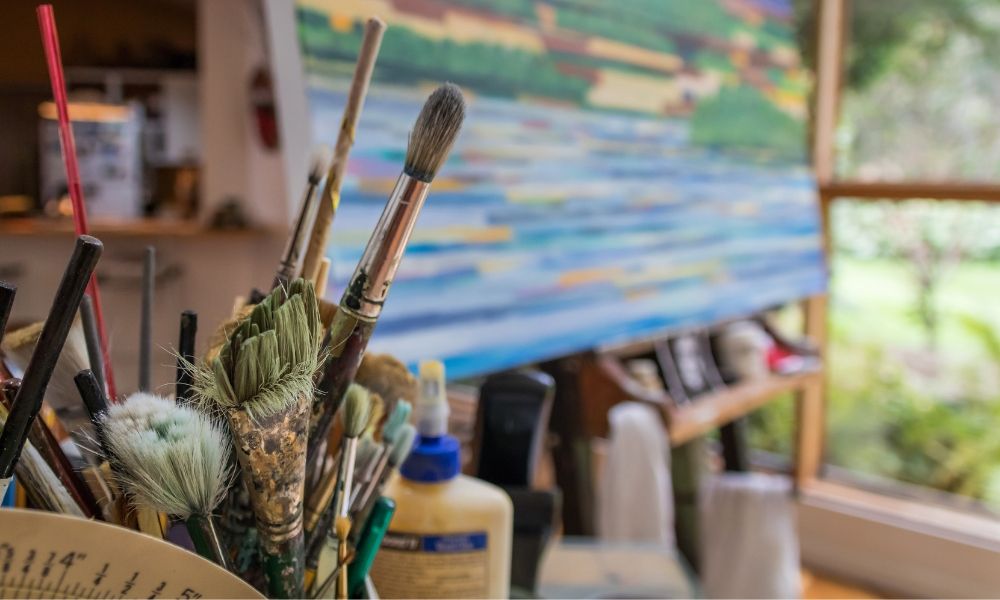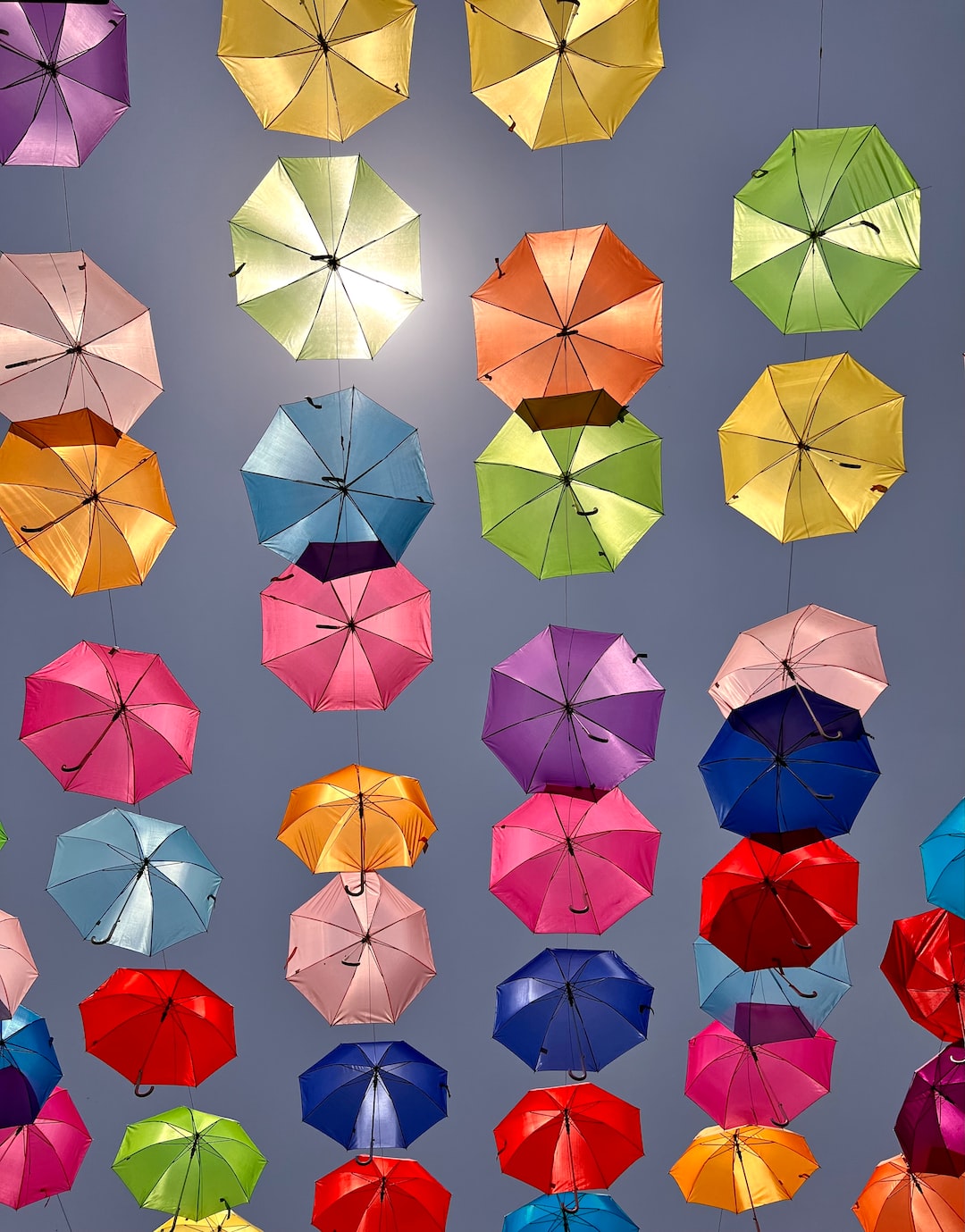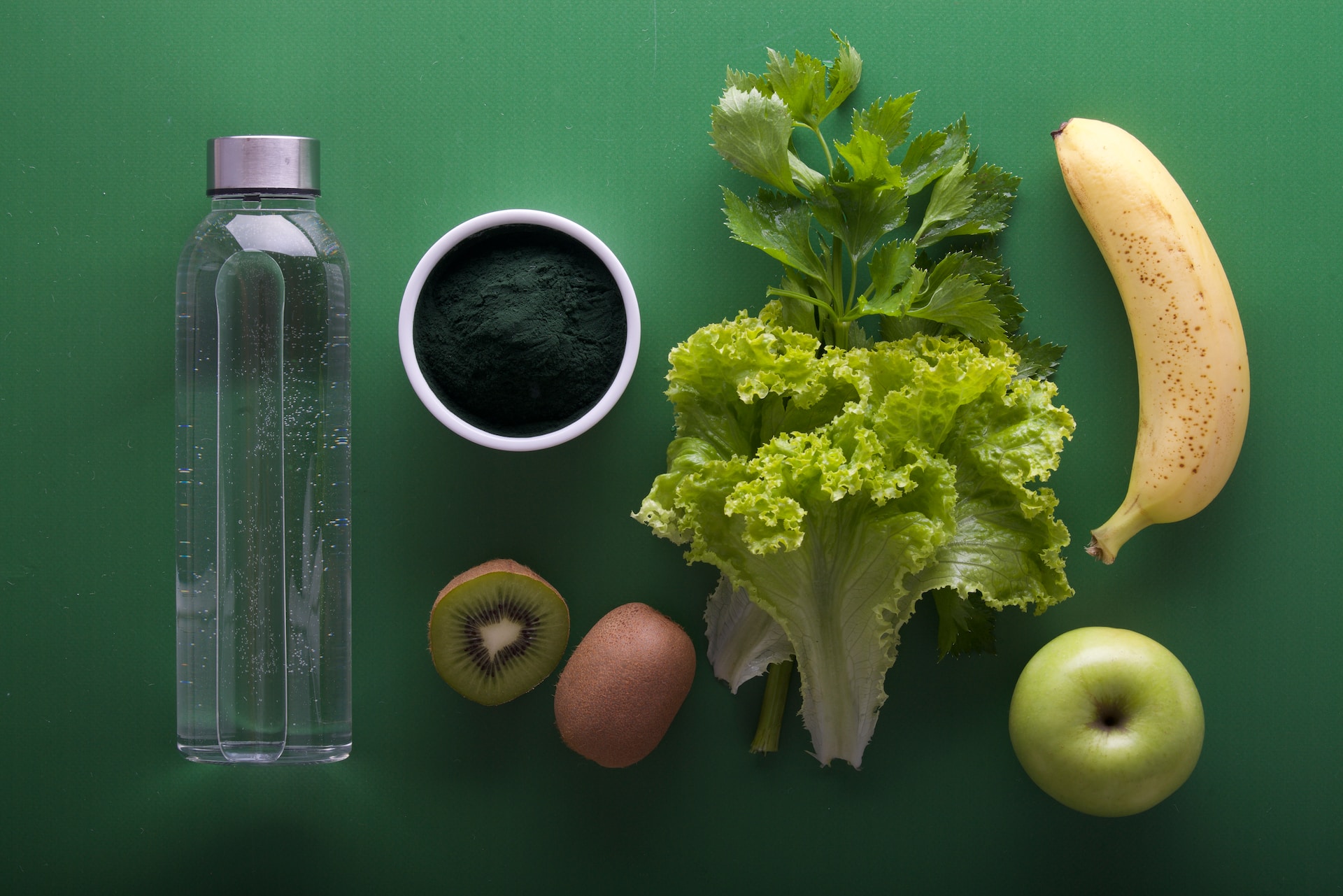With the recent push for further environmental improvement, it’s important that we evaluate every aspect of our lives and make any appropriate changes. Many artists know that not all art supplies are perfectly sustainable, and we’re still working toward improving how these materials affect the environment. In the meantime, we should all do what we can to protect the world we live in. Follow some of these eco-friendly art practices and become a part of the solution.
1. Reuse Materials
Certain mediums, such as oil paint and solvents, can be reused. Oil paint takes approximately 24 hours in open air to dry enough to touch. If you store any paint you didn’t use in a closed container, you can use it the next time you need to work on a project.
2. Use What You Need
Though it’s good to save unused materials, it’s even better if you don’t use more than required in the first place. Be frugal with how much product you use to prevent unnecessary waste—especially if you mix up a color that you’re unlikely to use again. If you paint often, you likely already know how much of each color you need for a project.
3. Dispose of Tools Responsibly
You want to dispose of any toxic waste in a way that’s kind to the environment. Don’t pour anything down your drains, as these pollutants should never make their way to septic tanks, sewers, or storm drains. Paint should also never be disposed of in a landfill. If you paint often, locate a waste collection company. Many of these companies will accept this type of waste for free.
4. Don’t Buy Everything
You can purchase all the necessary supplies from a store, but you can collect many of these things from your own home. An old cutting board or panel of glass, for example, can serve as a palette. You can also use old rags for brush cleaning and save jars to hold supplies.
5. Look at Ingredients
Though using some unsavory ingredients may be inevitable right now, there are a few alternate options. Walnut oil, for example, can be swapped out with turpentine and used as a paint thinner. Check labels for warning signs and be aware of where your products are sourced from. Natural, plant-based paints are usually better than synthetic ones.









